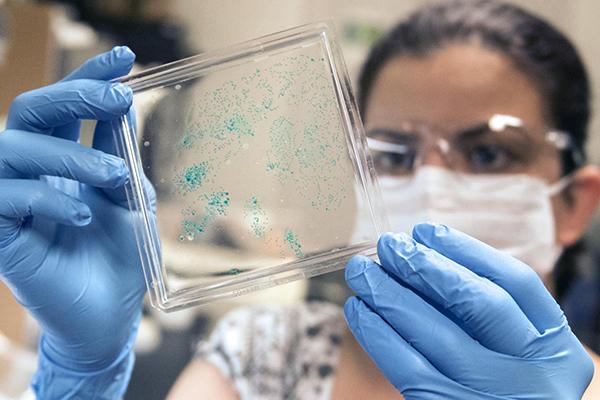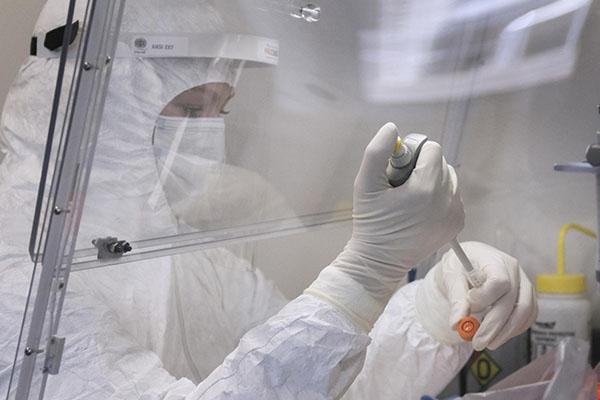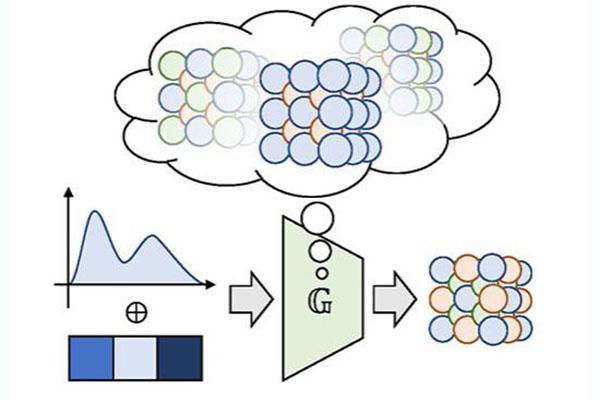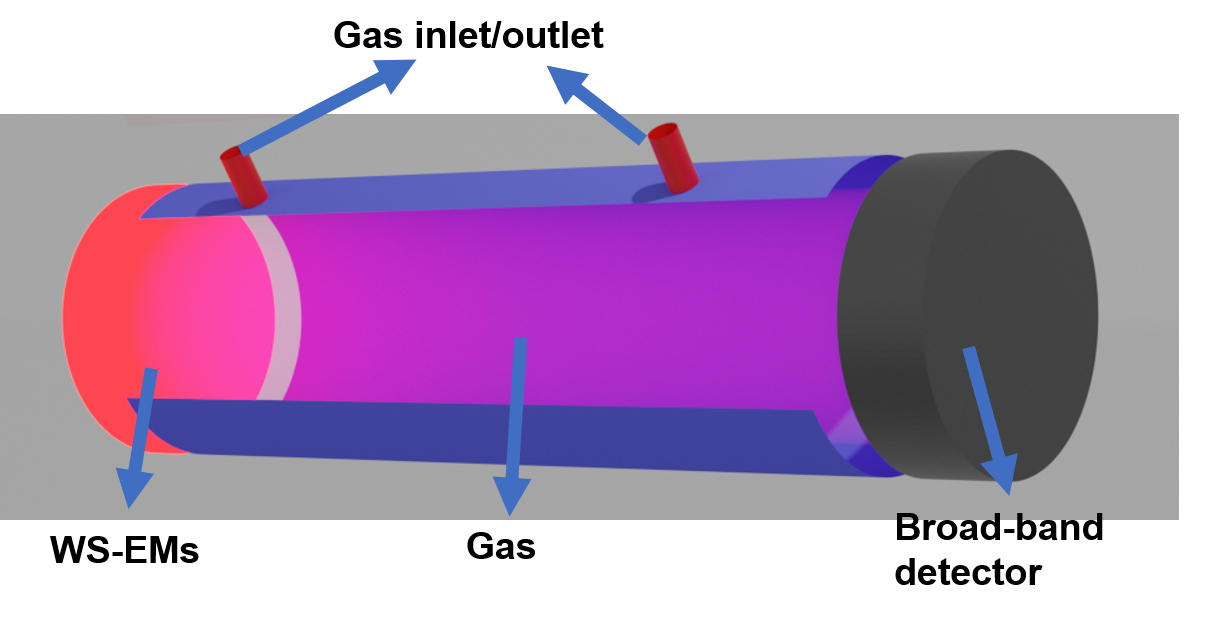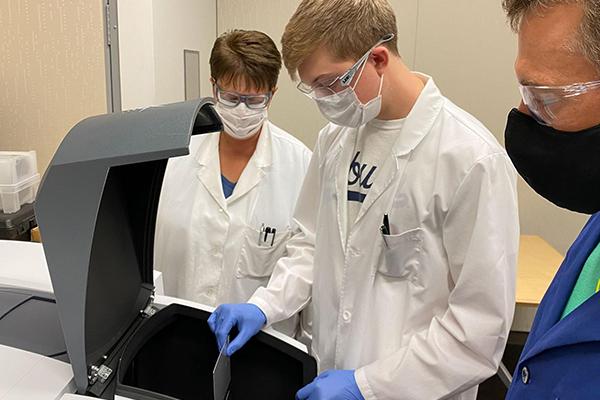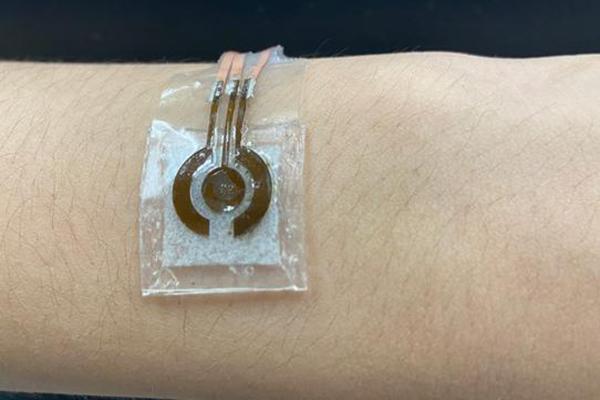Penn State’s research enterprise ranks 22nd in the country in total research expenditures, according to the latest National Science Foundation rankings of Higher Education Research and Development (HERD) research expenditures, released in January 2022.
Penn State alumni of the national professional chemistry fraternity Alpha Chi Sigma have committed $1.5 million to endow scholarships in the three colleges where most of their members earned their degrees: the College of Earth and Mineral Sciences, the College of Engineering, and the Eberly College of Science. Each $500,000 fund will generate scholarships for undergraduates who demonstrate financial need and academic achievement or promise.
Penn State's research expenditures reached a total of $993.1 million in fiscal year 2020-21, an overall 1.5% decrease from the previous year, according to Senior Vice President for Research Lora Weiss. “Despite this slight decrease, we were able to maintain a solid research portfolio during the pandemic, even while we curtailed hiring, limited purchasing of equipment, and severely restricted all travel,” Weiss said. “Our federal expenditures remained healthy and our industry partners continued investing in our research.”
The Materials Research Institute (MRI) and the College of Engineering have announced the recipients of the Materials Matter at the Human Level seed grants. The grants were developed to continue the history of MRI and the College of Engineering partnering to fund materials projects that benefit humankind, including those aimed at improving the health and economic development of under-resourced populations.
The person staring back from the computer screen may not actually exist, thanks to artificial intelligence (AI) capable of generating convincing but ultimately fake images of human faces. Now this same technology may power the next wave of innovations in materials design, according to Penn State scientists.
If you look at the back of a credit card, a driver’s license, or even a dollar bill, you will likely notice a hologram, or iridescent feature, that appears to change color when viewed at different angles. These color-shifting security features have been around for decades, allowing ample time for people to find ways of counterfeiting the effects. Even so, these types of highly visible and easily recognized color-shifting features are still among the most commonly used optical security element – and Penn State-affiliated startup Chromatir may have discovered a more secure and customizable way to implement this effect.
Three Penn State faculty and two graduate students have received the 2021 Rustum and Della Roy Innovation in Materials Research Award.
Vanderbilt and Penn State engineers have developed a novel approach to design and fabricate thin-film infrared light sources with near-arbitrary spectral output driven by heat, along with a machine learning methodology called inverse design that reduced the optimization time for these devices from weeks or months on a multi-core computer to a few minutes on a consumer-grade desktop.
Faced with a growing workload in its research labs, the Materials Research Institute (MRI) met the challenge by offering Penn State students an opportunity that most materials science and engineering undergraduates normally never receive.
Noninvasive glucose monitoring devices are not currently commercially available in the United States, so people with diabetes must collect blood samples or use sensors embedded under the skin to measure their blood sugar levels. Now, with a new wearable device created by Penn State researchers, less intrusive glucose monitoring could become the norm.


